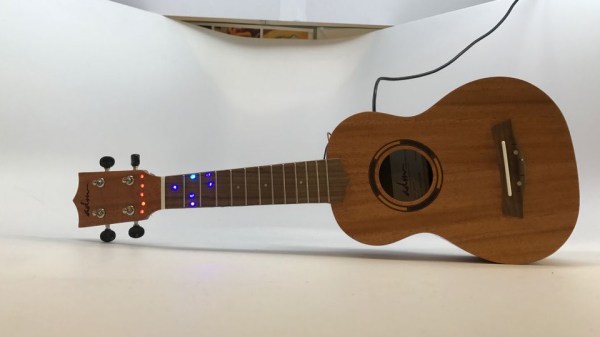[Harry Axten] turned the diminutive Korg Monotron into a playable analog synthesizer, complete with a full-sized keyboard spanning two octaves and a MIDI interface.
Korg Introduced the Monotron analog mini-synthesizer back in 2010. They also dropped the schematics for the synth. Hackers wasted no time modifying and improving the Monotron. [Harry] incorporated several of these changes into his build. The Low-Frequency Oscillator (LFO) has been changed over to an envelope generator. The ribbon controller is gone, replaced with a CV/gate interface to sound notes.
The CV/gate interface, in turn, is connected to an ATMega328P which converts it to MIDI. MIDI data comes from one of two sources: A two-octave full-sized keyboard pulled from a scrapped MIDI controller or a MIDI connector at the back.
The user interface doesn’t stop with the keyboard. The low-cost pots on the original Monotron have been replaced with much higher quality parts on the front panel. The tuning pot is a 10-turn device, which allows for precision tuning. All the mods are mounted on a single board, which is connected to the original Monotron board.
The fruit of all hard work is an instrument that is a heck of a lot of fun to play. Check it out in the video below. Want more? You can read all about hacking about the Monotron’s bigger brother, the Monotribe.






















